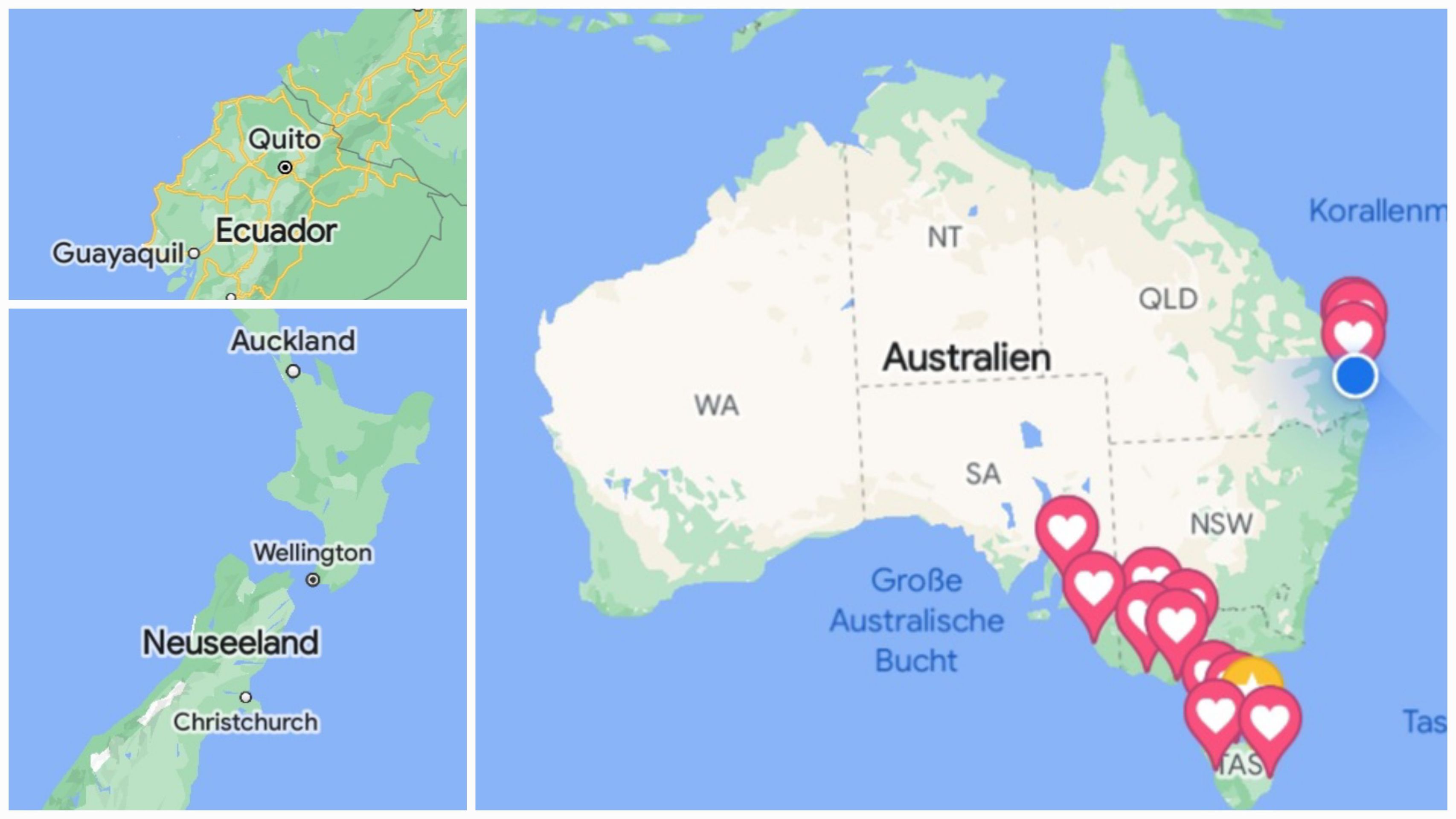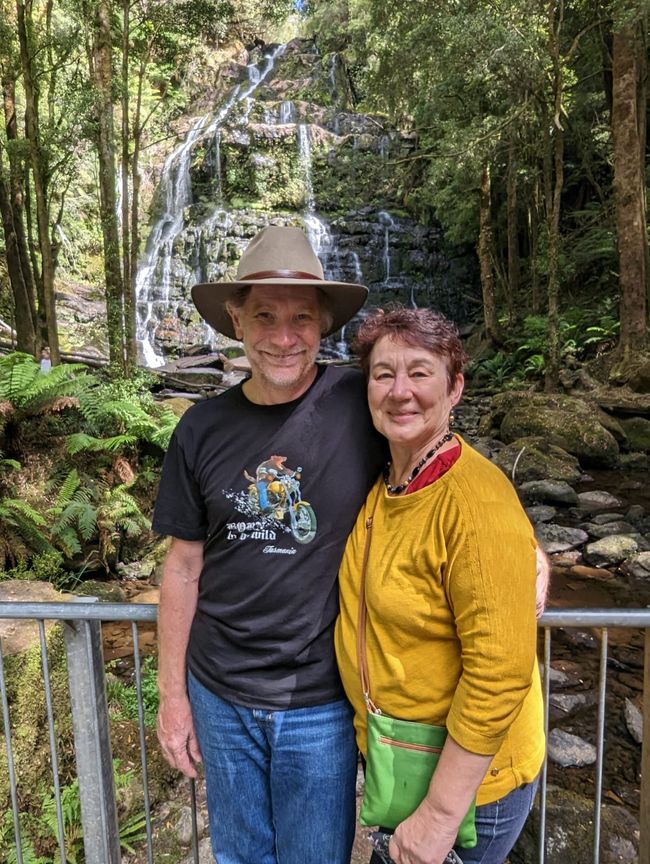
ute_und_ralf_reisen2023ere
vakantio.de/ute_und_ralf_reisen2023
March 15th Quito - Santa Cruz Island
Ku kandziyisiwile: 27.03.2023
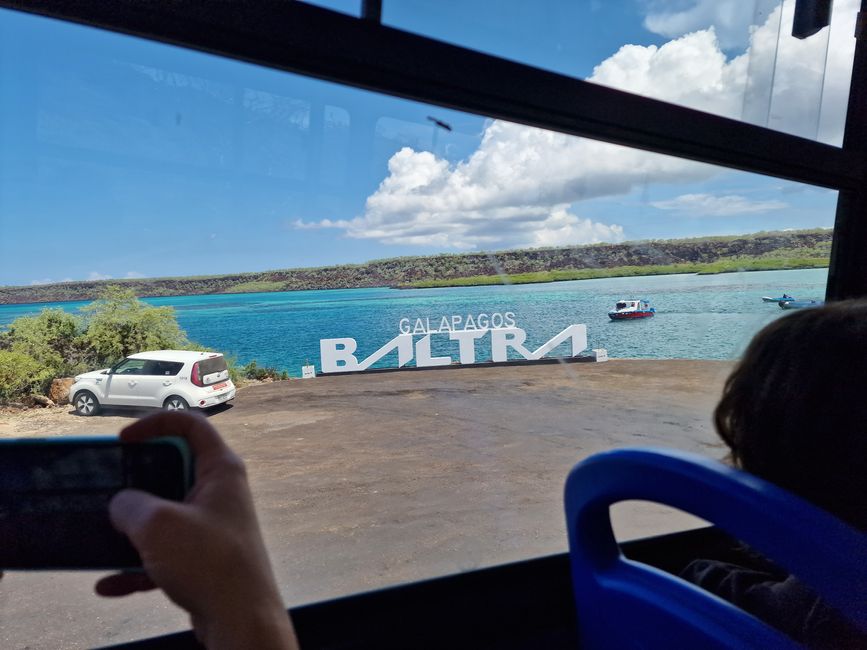
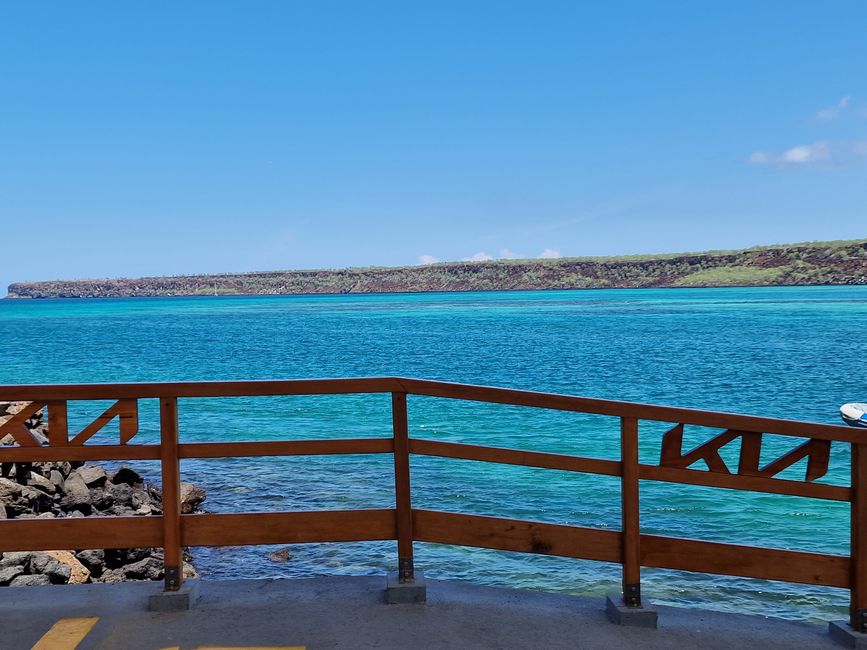
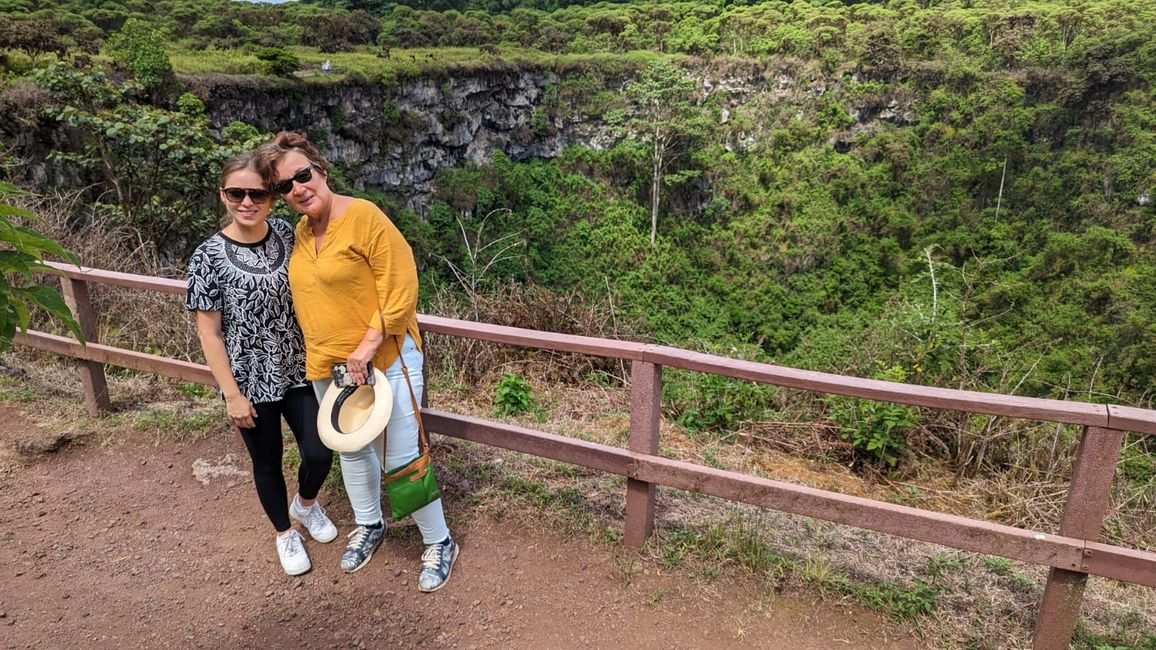
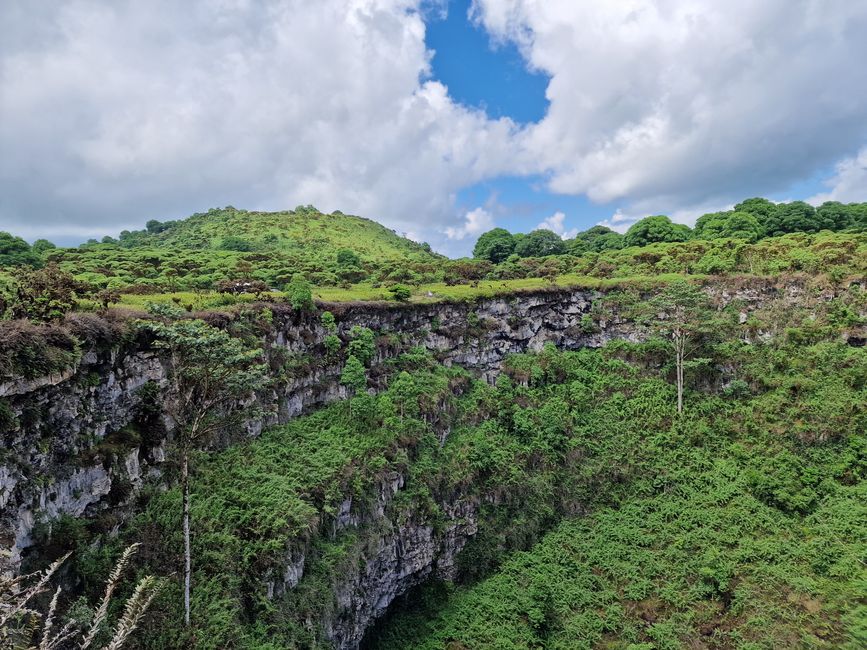
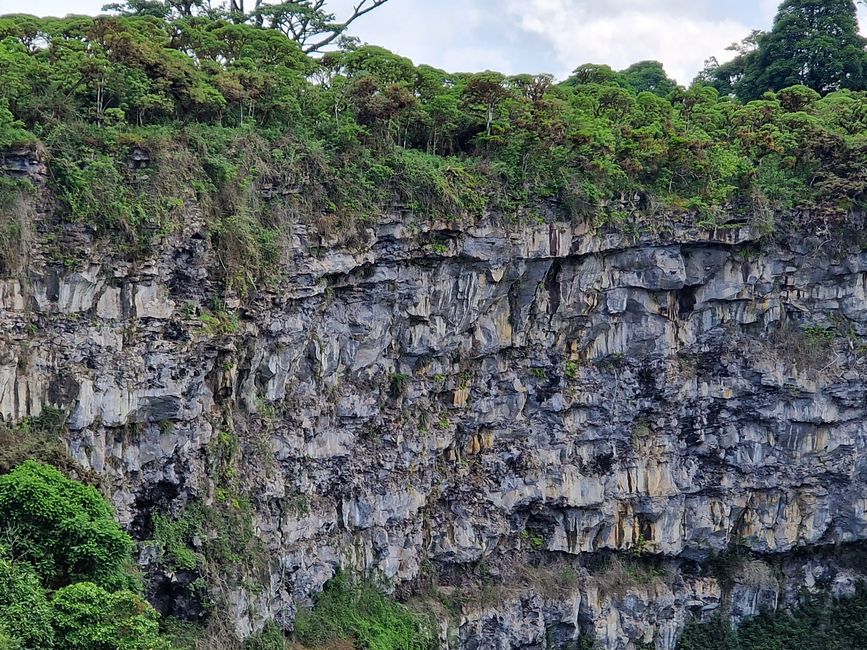
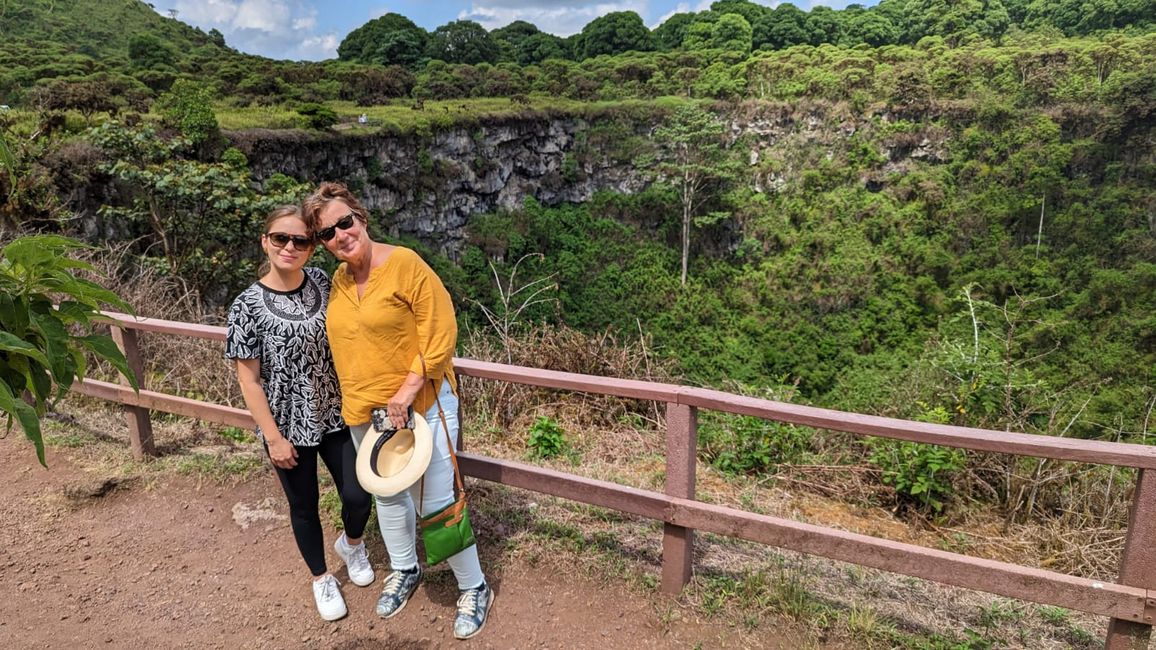
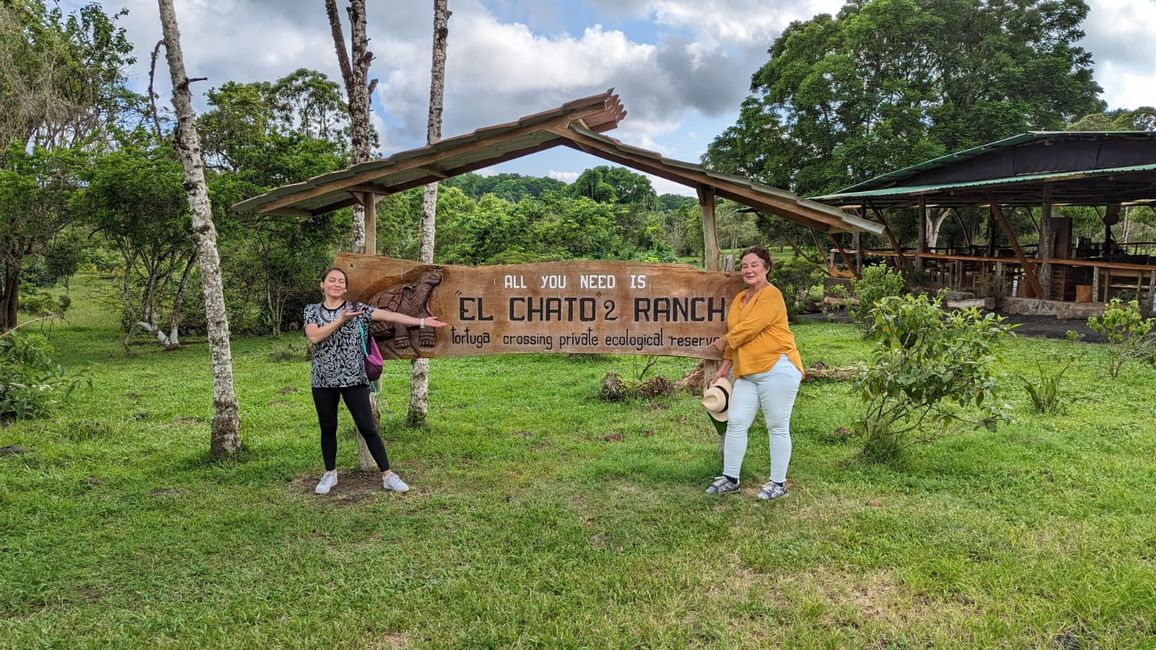
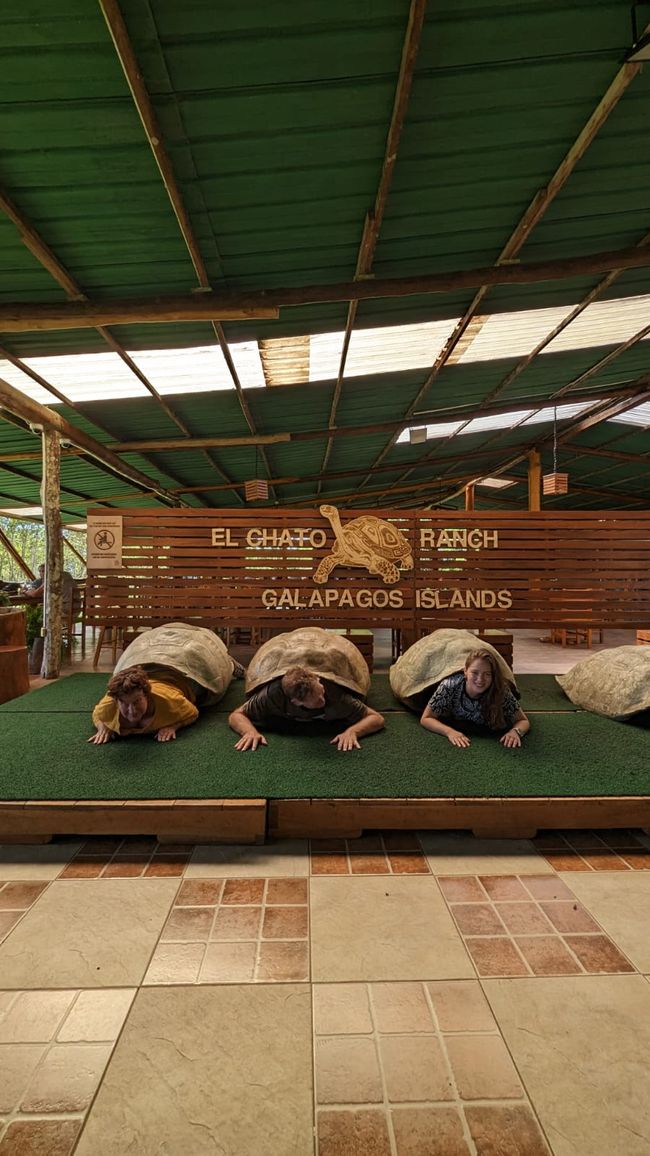
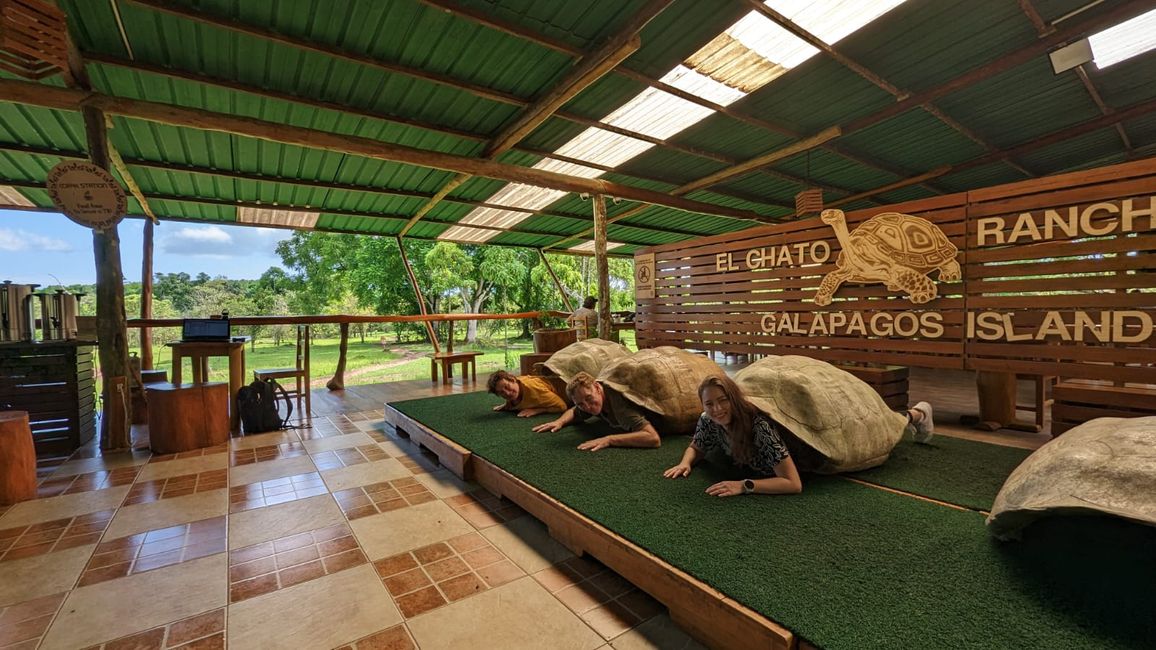
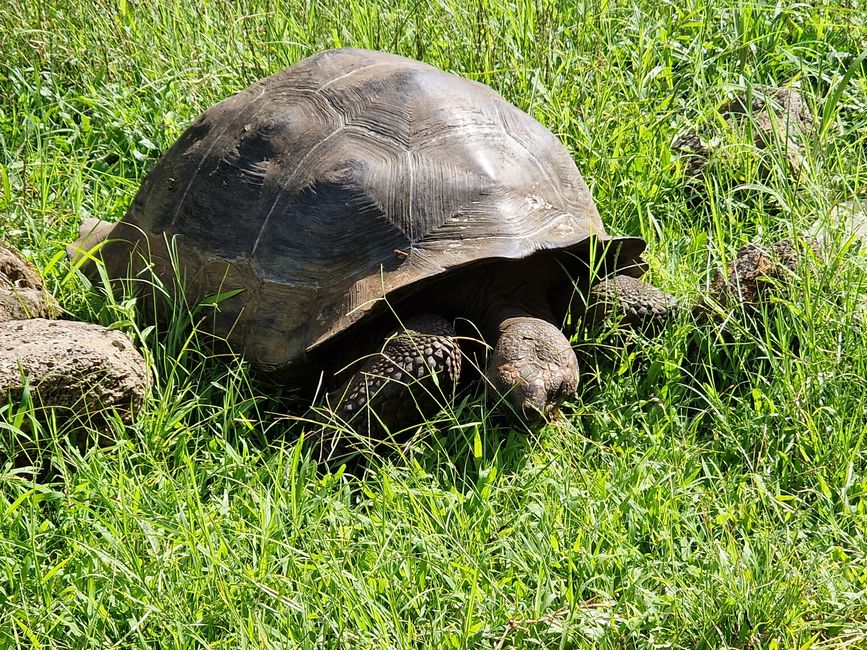
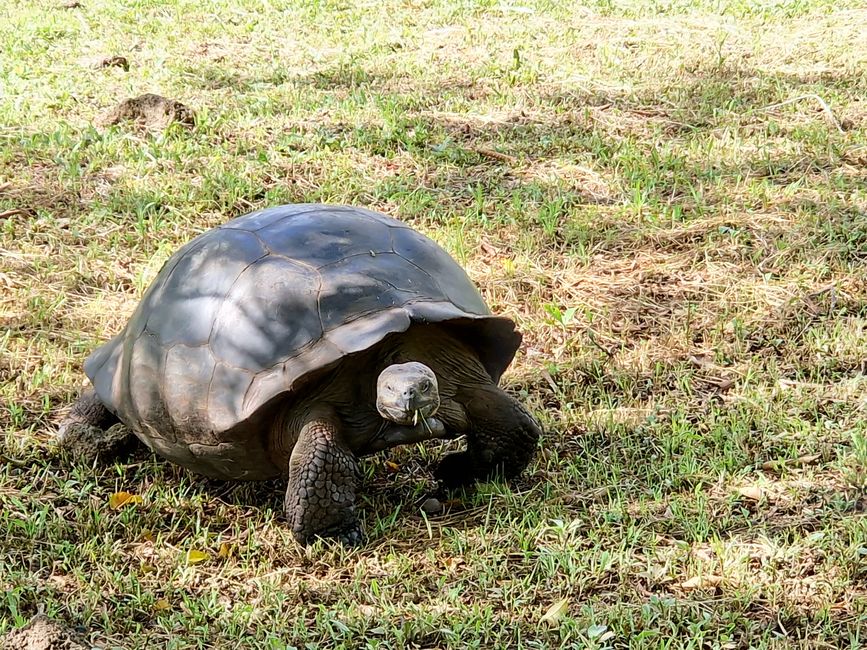
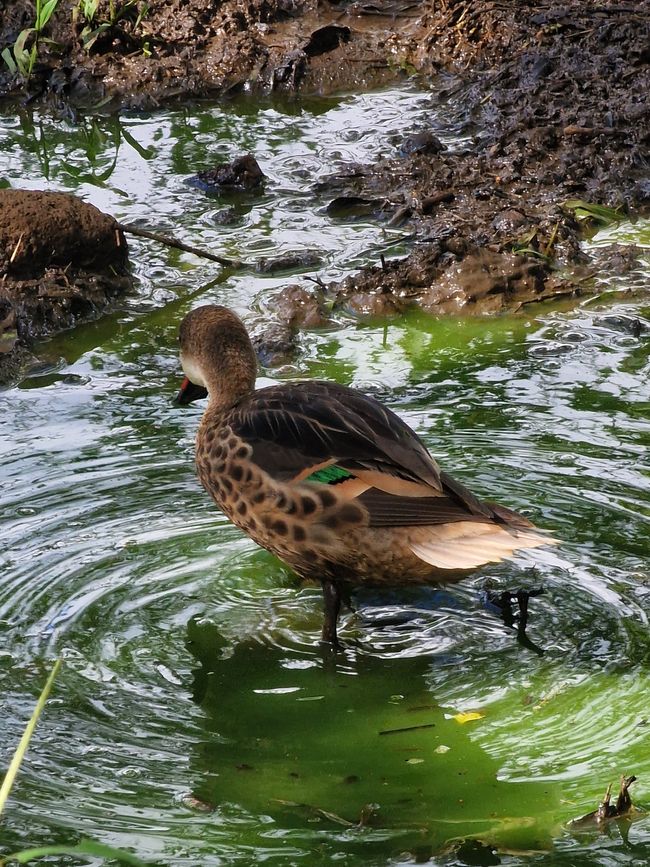
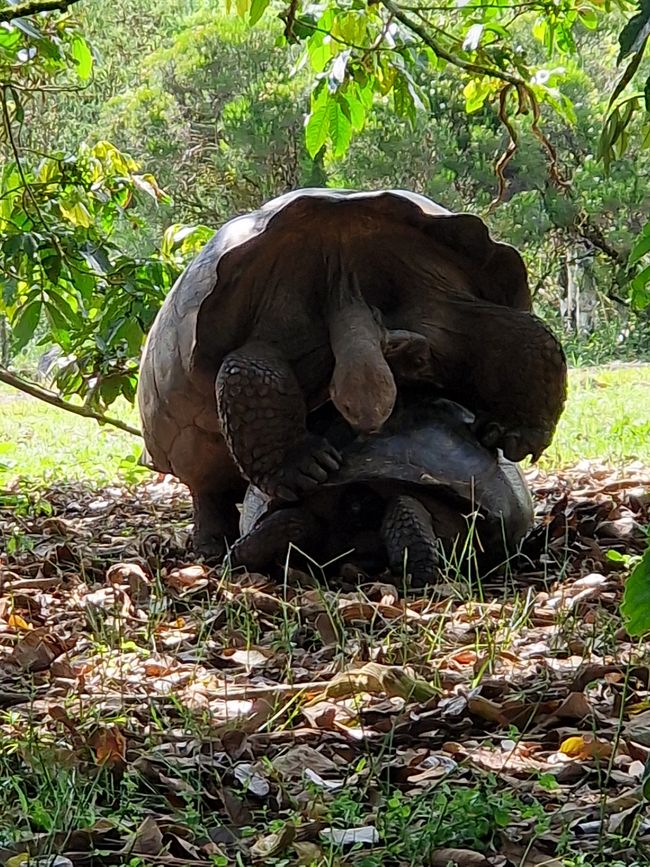
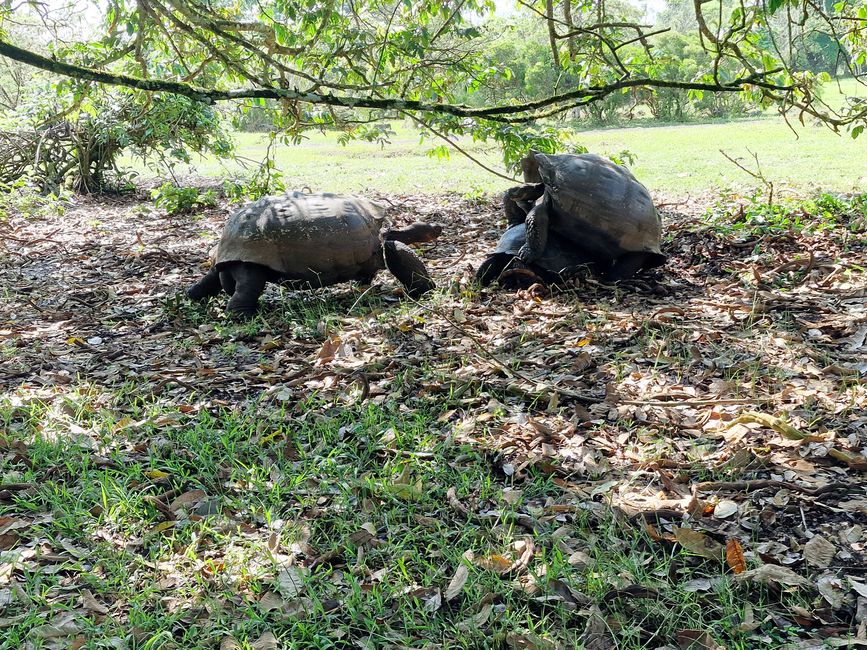
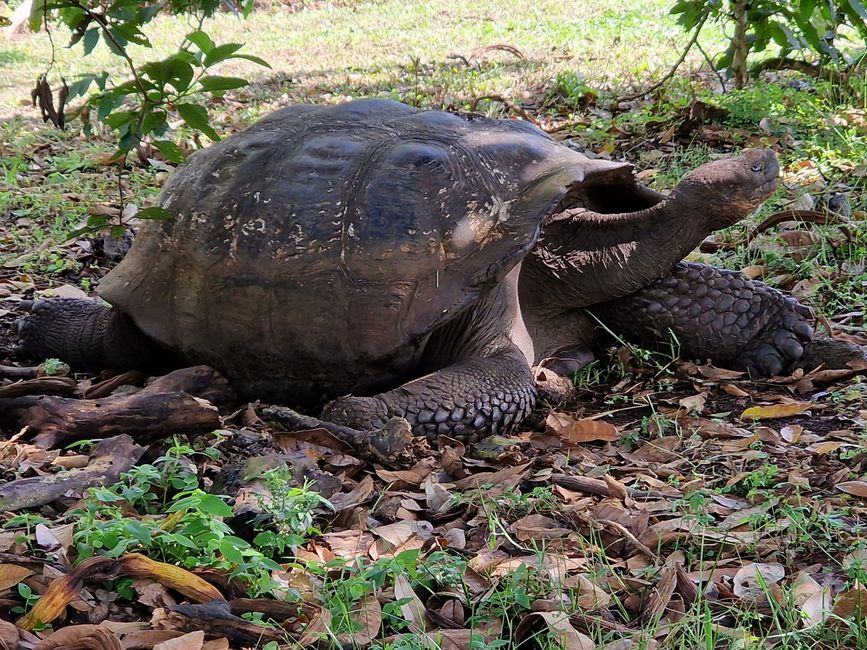
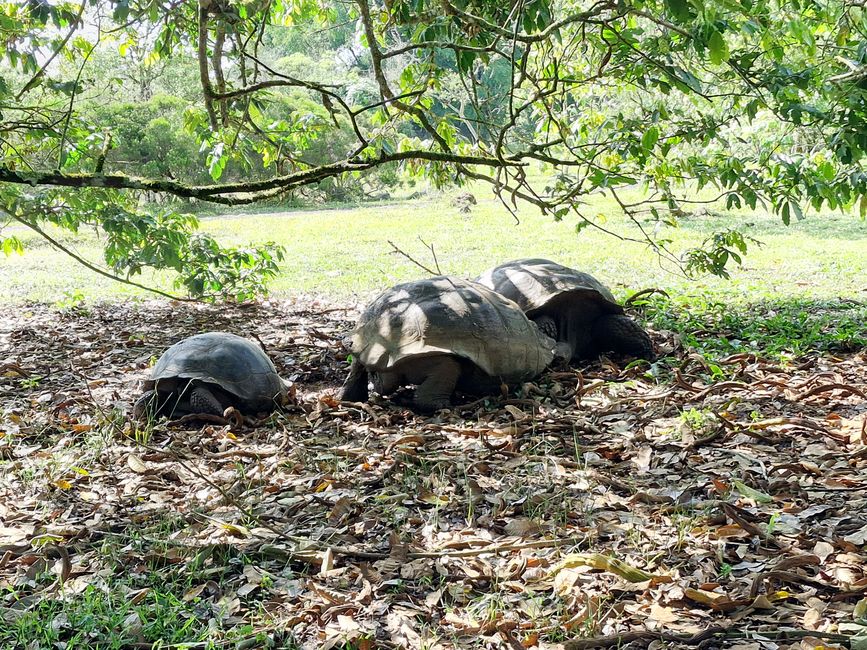
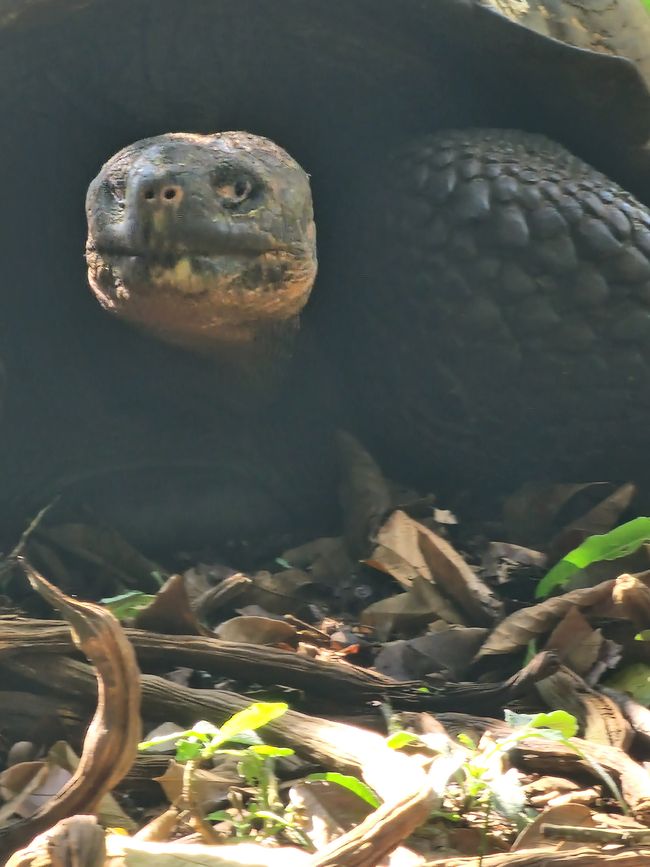
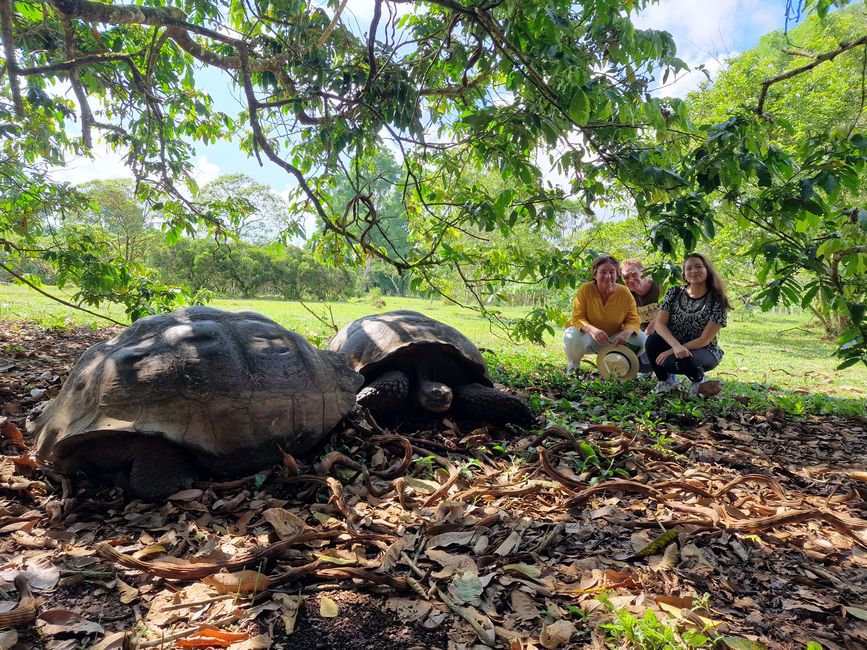
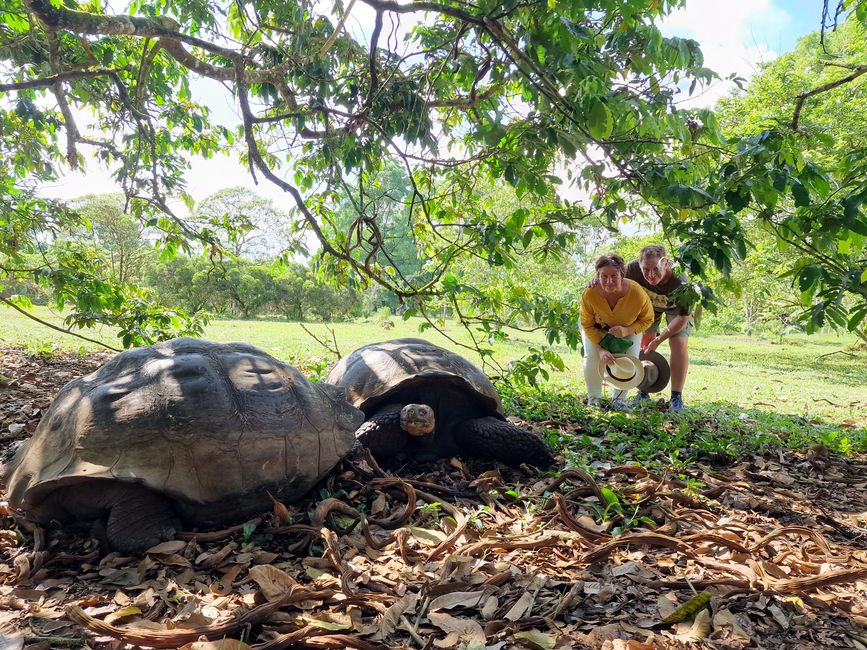
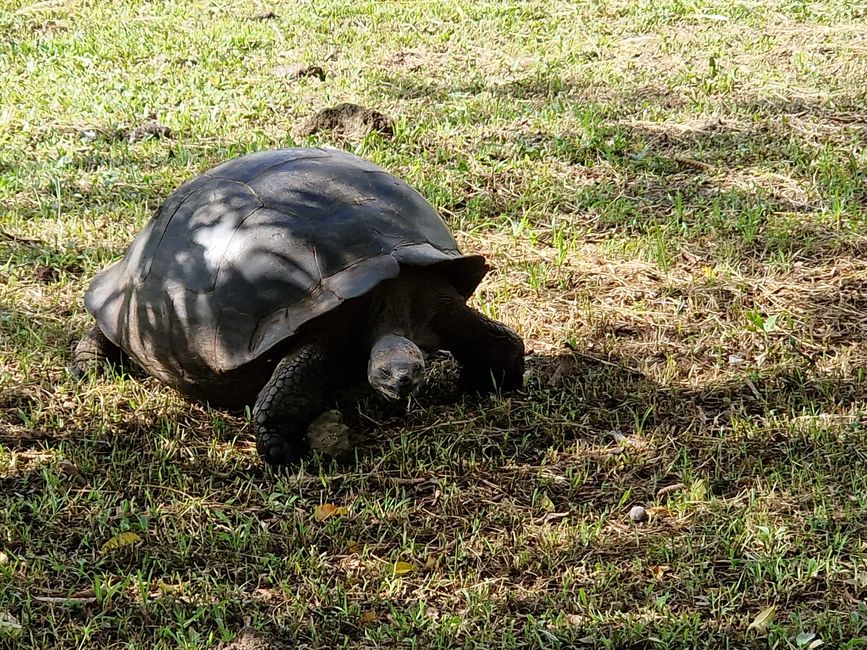
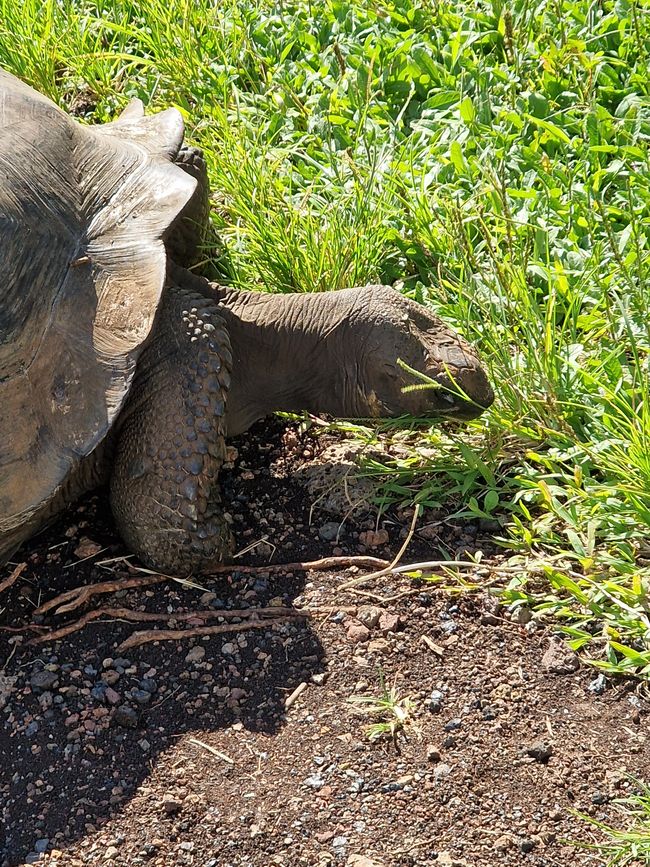

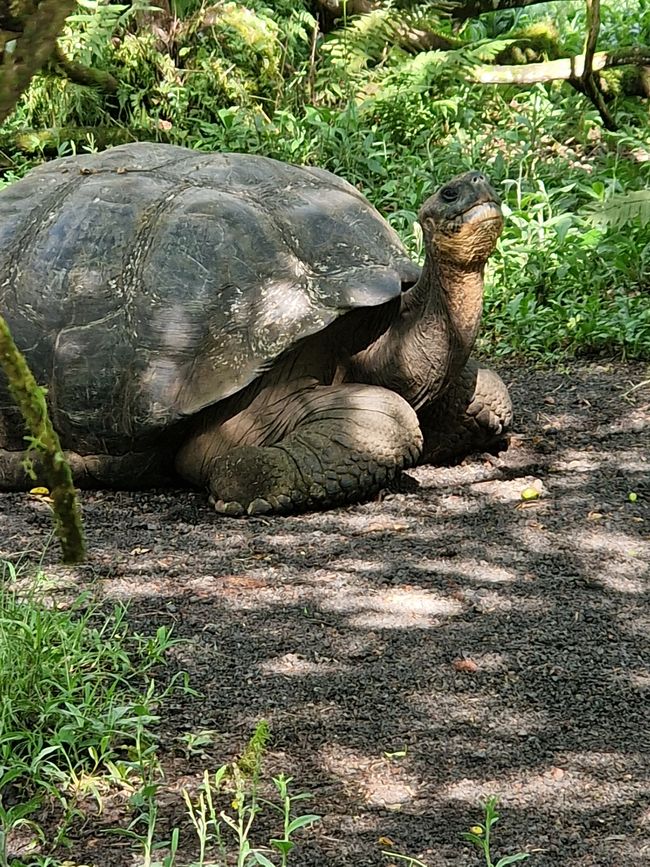
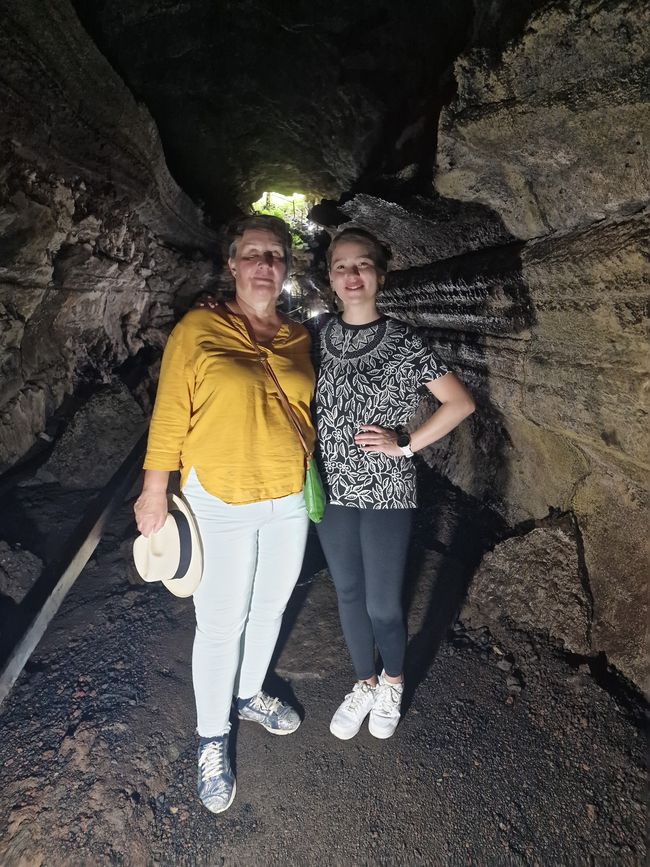
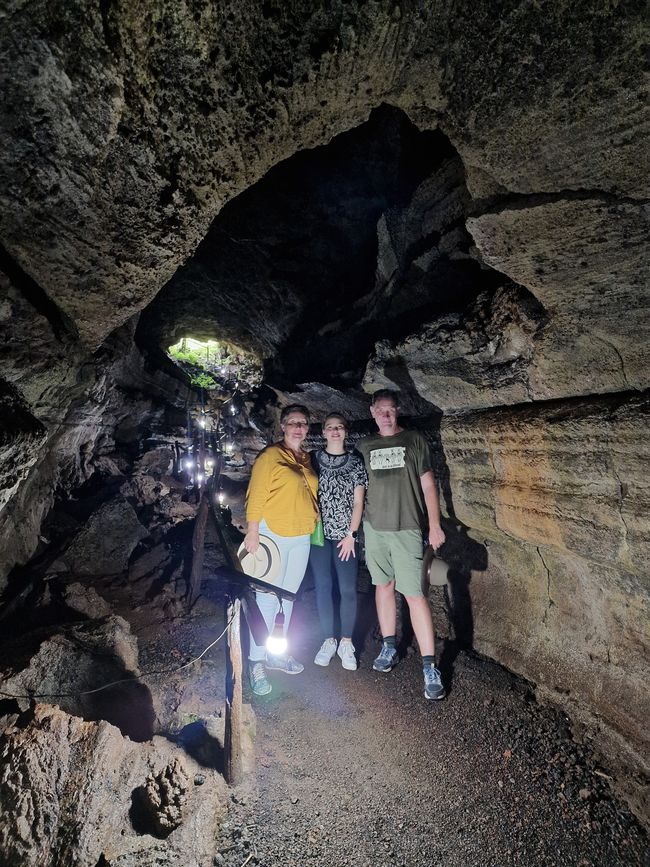
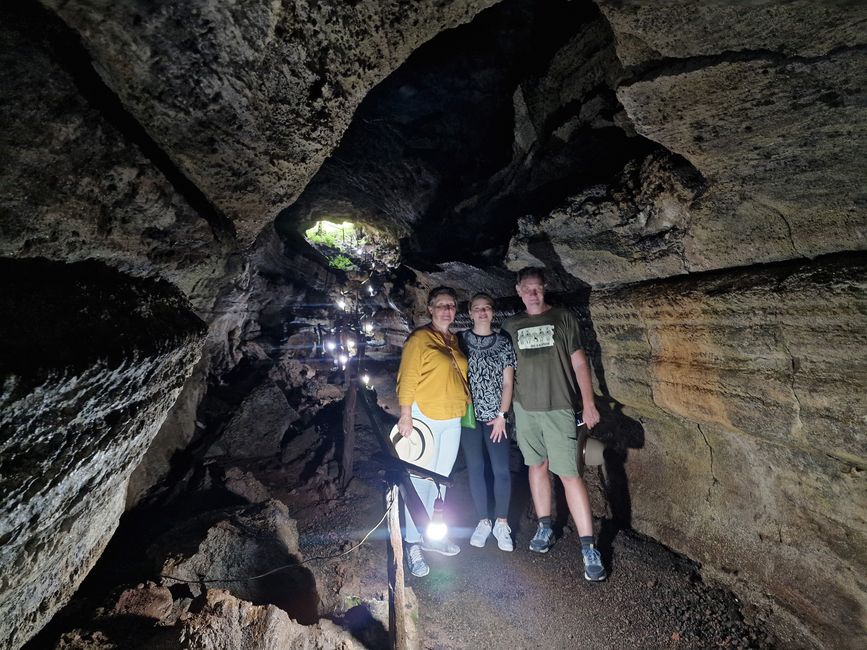
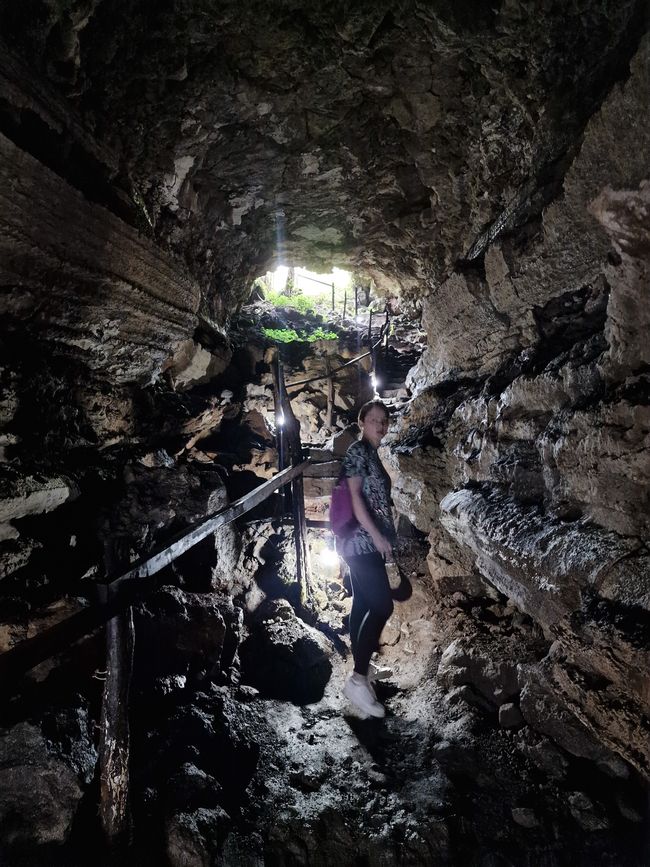
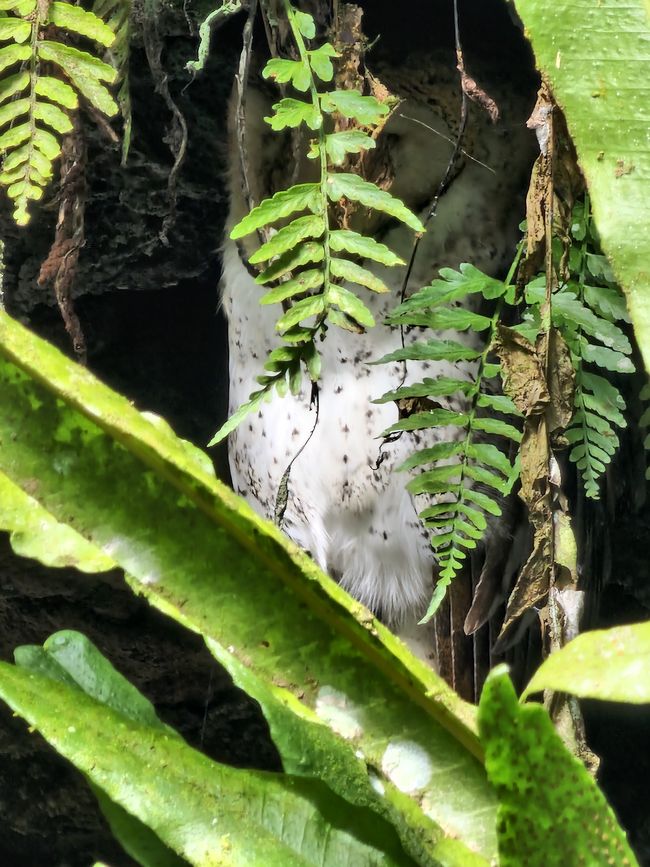
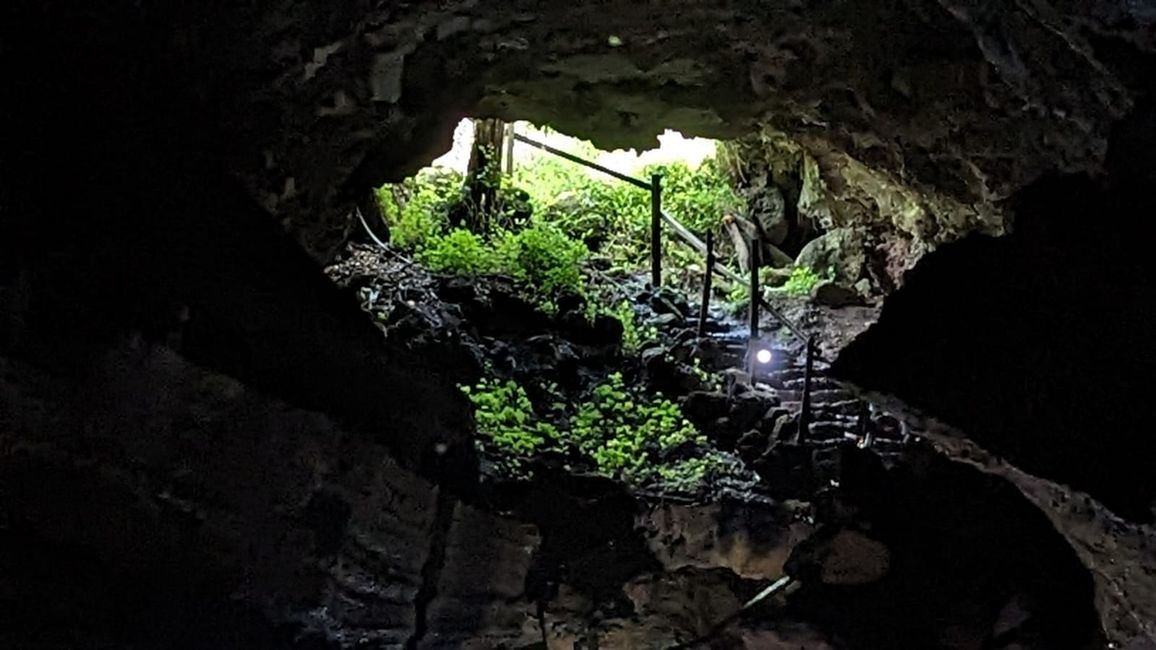
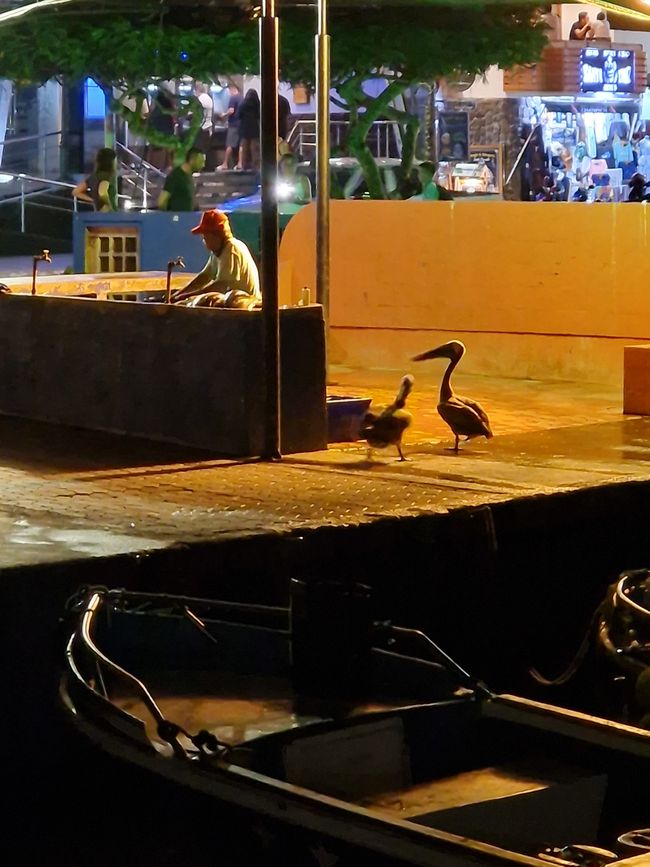
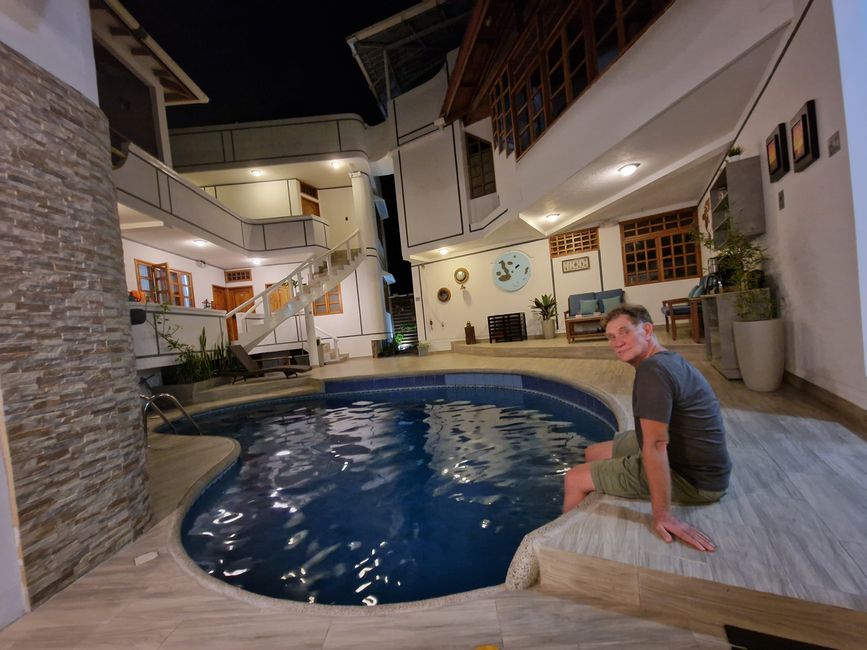
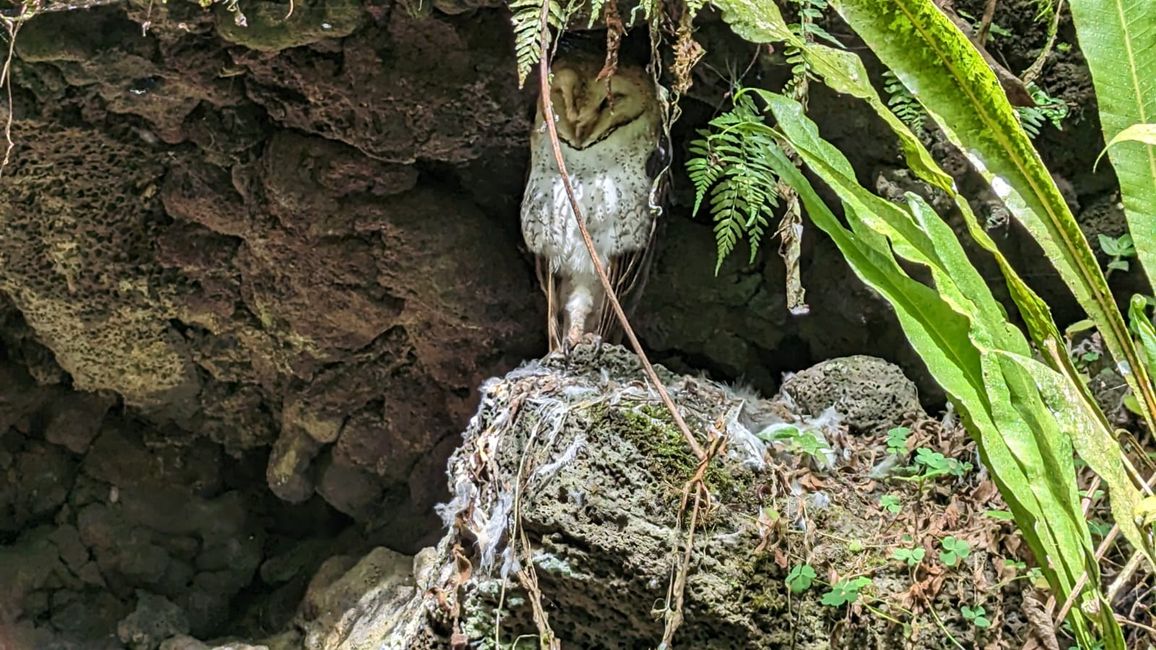
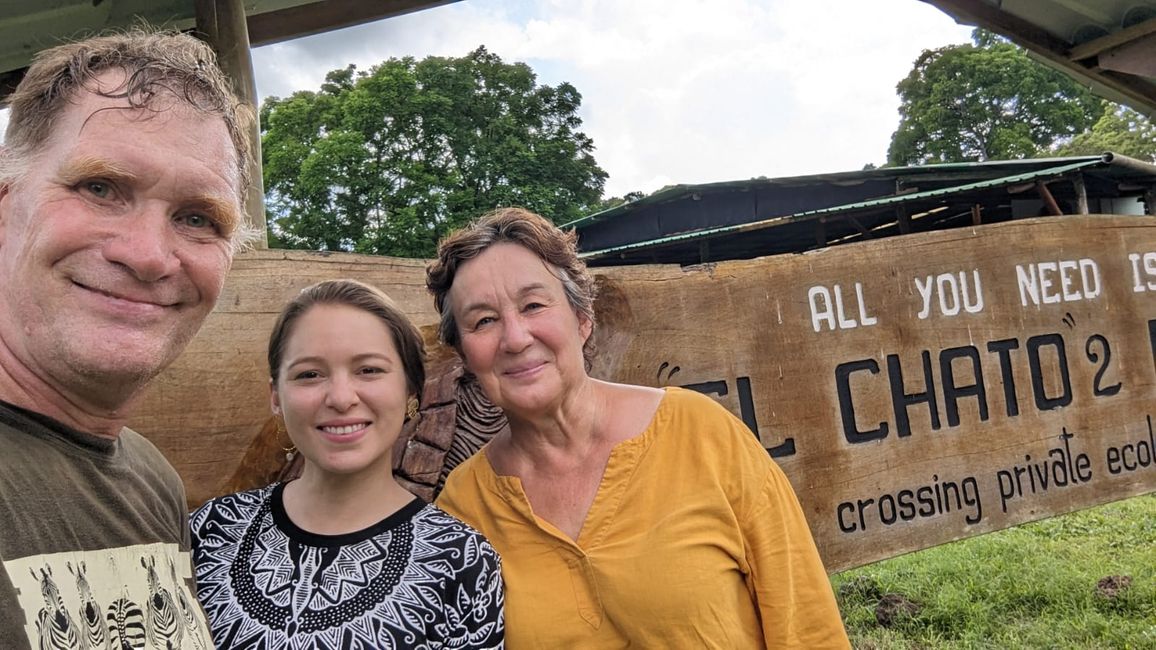
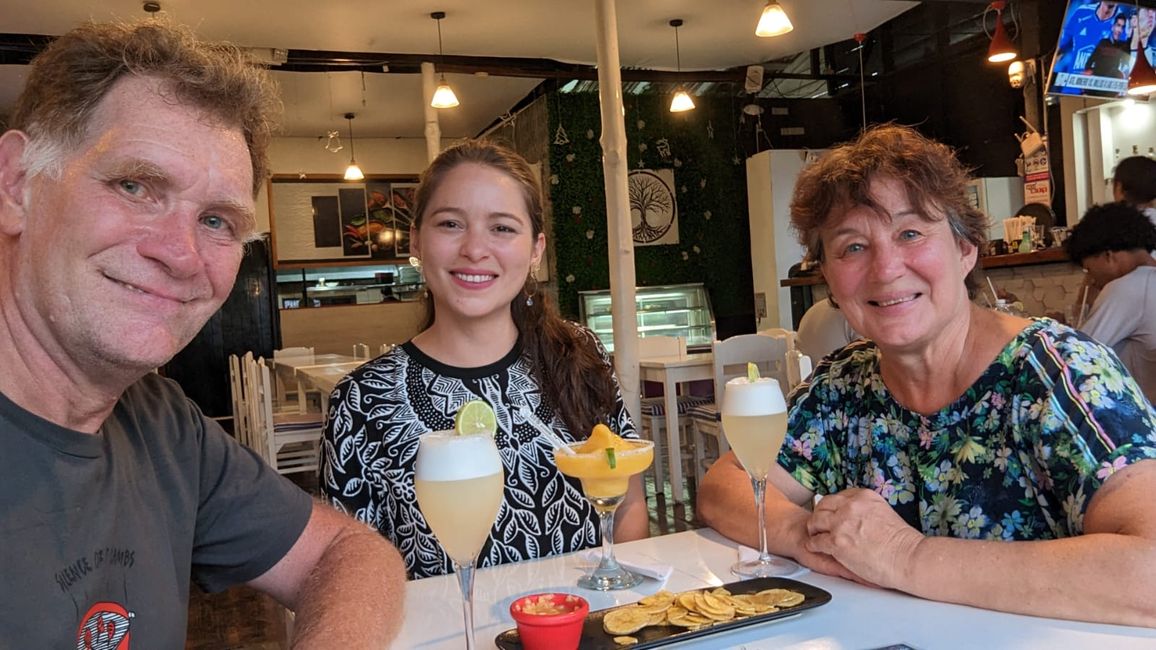
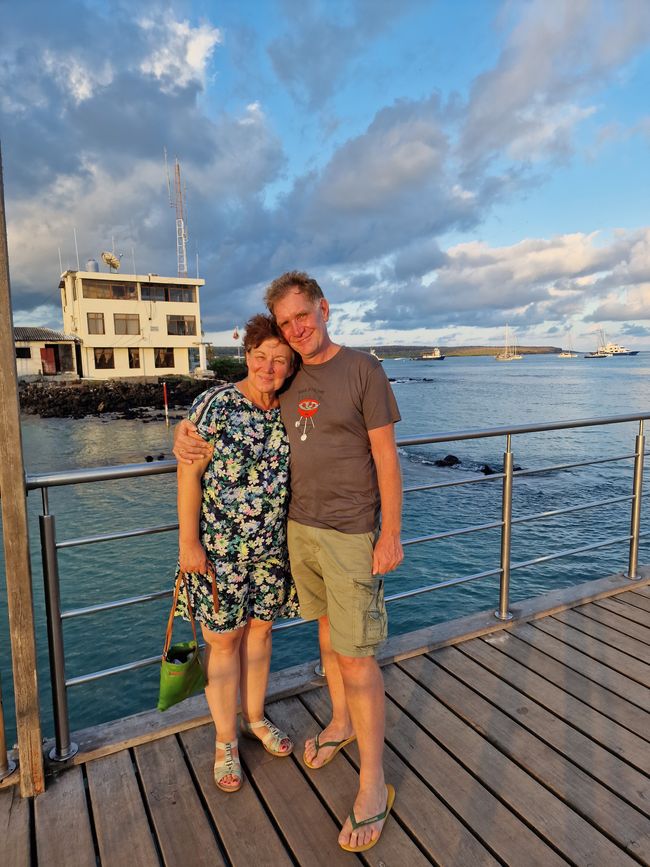
Galapagos - here we come! With Jois, we are going to the airport to fly to Galapagos. She will be with us until Sunday and we will stay until next Friday. Away from the rainy and cold Quito. Upon arrival, we will be greeted with blue skies, blue water, and 30 degrees. Before heading to the hotel, we will have our first highlights. We will visit Los Gemelos, vegetation-covered craters. A good first impression of Santa Cruz Island, known for its tropical vegetation. Then we will visit El Chato Ranch, home to countless tortoises, giant tortoises, on a huge property. We have a nice and knowledgeable guide who will tell us a lot about these tortoises. As a conclusion of the tour, we will walk through lava tunnels created by underground lava flows.
After arriving at the hotel and taking a cold shower, because it is very, very hot, we will explore Puerto Ayora. And that's not quite right because Jois knows her way around. Her brother Sebastian lived and worked as a doctor on Galapagos for a year. He has the connections, the restaurant recommendations, and much more. He planned the days here for us along with Jois, providing us with all the tips and tricks.
The Galapagos Islands were formed by a hotspot in the ocean floor. Lava flows tirelessly and forms the islands. Once an island has drifted away from the hotspot, volcanic activity ceases. Currently, Isabela Island and Fernandia Island are above the hotspot, as the volcanoes are still active here. This isolation has preserved a unique wildlife here. The Galapagos Islands are not only a sought-after destination for foreigners but also for Ecuadorians, for traveling or living. Mainland Ecuadorians can only live on Galapagos if they either have an employment contract, the necessity of which is reviewed every year, or if they are married to a resident of Galapagos. The number of cars on the islands is also limited, and a new car can only be registered if another one is taken out of service, in an attempt to control overpopulation.
Nhlamulo
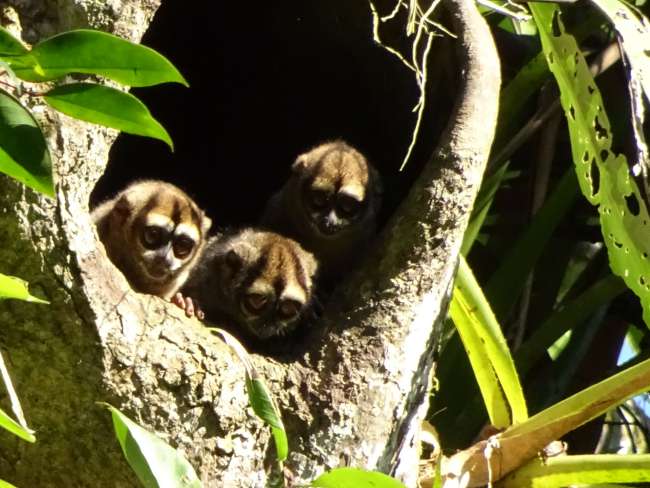
Swiviko swa maendzo Ecuador
